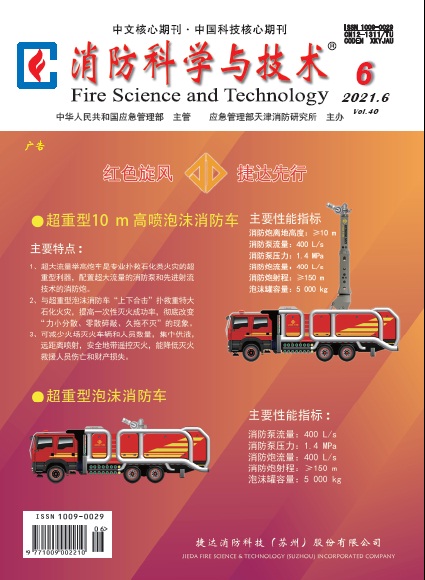|
|
Combustion characteristic of 20 species of lianas in Kunming area
ZHANG Qiao-rong, TONG Yan-min, RUAN Zhi-chen, LI Guo-hui, WANG An-you, YU Shi-bo, WANG Tian-ping, LUO Shu-lin
2021, 40 (6):
797-800.
There are abundant species of lianas in the forests of Kunming, Yunnan province, China. In order to compare the combustibility differences of common species of lianas in this area, the 20 kinds of common lianas flammability test of fresh leaves sampled from living lianas was made by self- designed burning device based on the their investigation of biological and ecological characteristics, such as aboveground viability, habitat, etc. Meanwhile, leaf relative moisture content, mass per unit area, burning rate and degree of damage were measured and calculated. The result showed that 20 species of lianas were divided into 3 categories according to their different combustibility. The details are as follows: (1) Pomona purpurea, Zehneriamaysorensis, Dioscureamelmanophyma, Dinetusracemosus, D. hemsleyi, D. hemsleyiare flammable lianas. (2) Four species of lianasare combustible, and their combustibility from high to low ranked as follows: Dumasiavillosa>Smilaxferox>F. sarmentosa var. duclouxii>Jasminumofficinale. The last species of liana. (3) Holboellialatifolia, Ficustikoua, Smilaxmicrophylla, Dregeasinensis, Tetrastigmaobtectum, Senecioscandens, Sabiayunnanensis, Periplocaforrestii, Rubiapodanthare nonflammable lianas. The last species, Fallopiamultiflora, is combustible in the sunny habitat, but nonflammable in the shady habitat. The study indicates that combustibility of lianas is not only influenced by biological characteristics and habitat, but also related to leaf relative water content, mass per unit area of a leaf, leaf thickness, etc. It is recommended that F. tikoua could be used as a groundcover plant species to manage forest for fire prevention.
Related Articles |
Metrics
|



